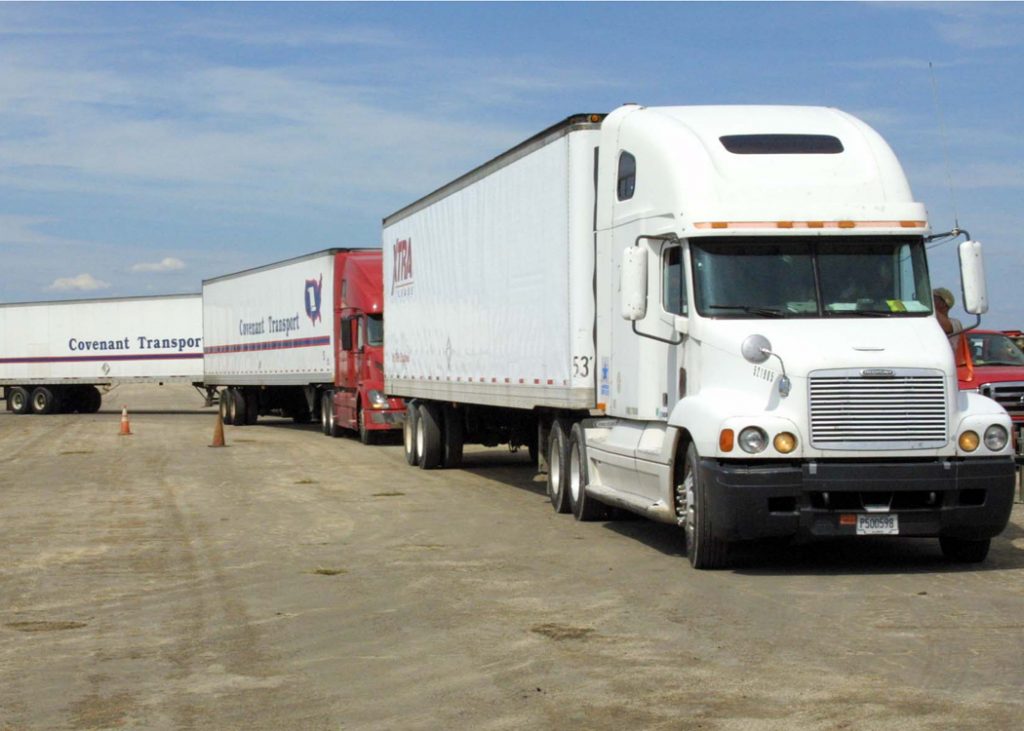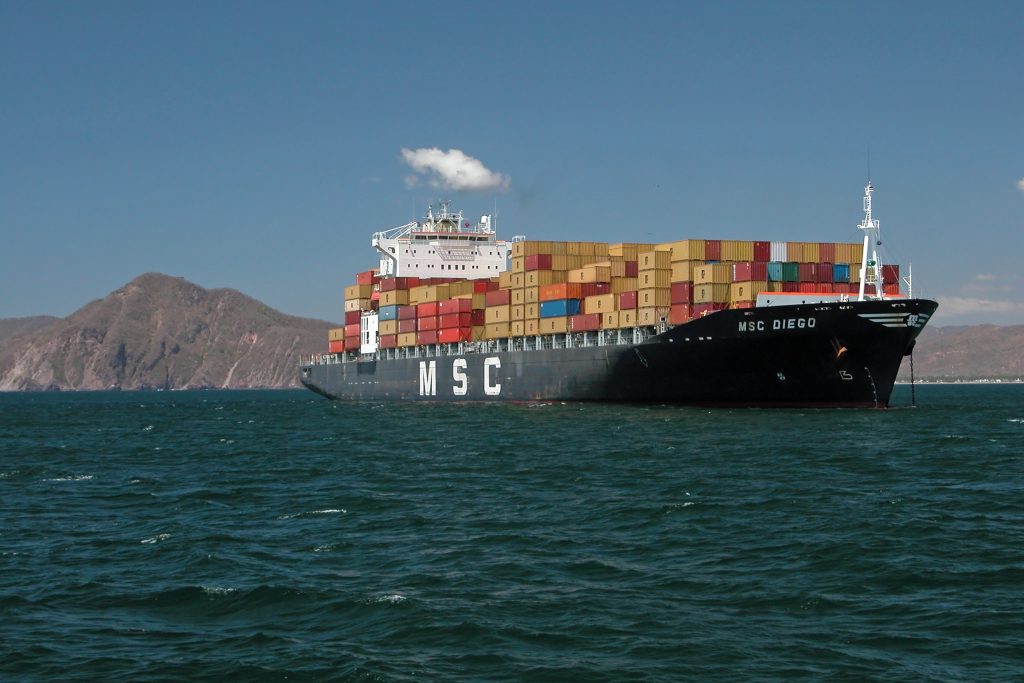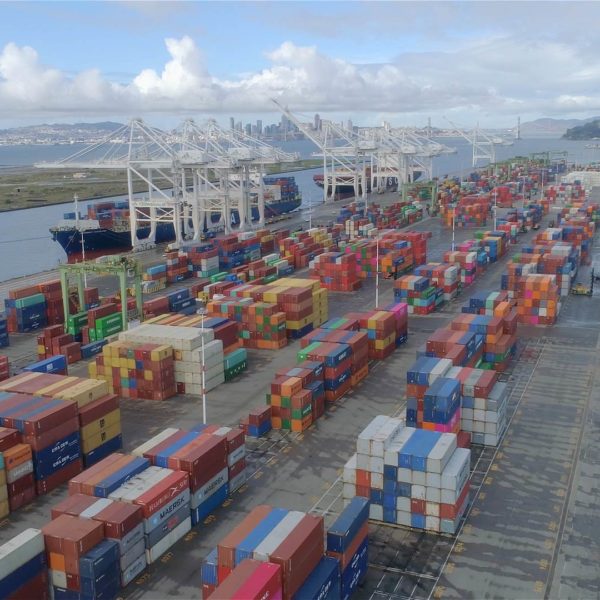USCMA is now in Effect as a replacement for NAFTA
The importance of an effective North American trade agreement can’t be overstated as tri lateral trade between NAFTA members in 2018 was greater than 1.25 Trillion dollars.
Many shippers still aren’t exactly certain what if anything changes under this new agreement. We’ve also heard reports of increased complexity particularly in the Rules of Origin language in the new agreement.
Here’s an overview of some of the key changes between USMCA and NAFTA.
Auto Manufacturing
Automotive is one of the major changes under USMCA , which now requires that 75% of the auto’s parts to be made in either Mexico, Canada or the US, the penalty for not doing so will be increased tariffs. The previous benchmark was 62.5%. A further stipulation to auto companies is a wage requirement of $16 dollars per hours for a much larger percentage of total workers. $16 per hour is around 3x the current average for Mexico’s auto workers.
Many pointed to NAFTA as a reason for jobs leaving the US and moving to Mexico, by having increased focus on the wage requirements, this makes the US and Canada more competitive from a labor cost perspective. According to union representatives, this represents the first time that enforceable labor standards are present in a North America trade agreement.

Agriculture
America’s farmers have had a tough 18 months as COVID19 disrupted supply chains and demand then before that tariffs resulted in a much lowered demand for US ag exports. USMCA retains the tariff free trade of North American dairy, poultry and egg producers. The US hopes to open up markets for American ag products . This is a major deal for US dairy producers who have a much larger market to sell their products to. This was a popular talking point for the Trump administration during the negotiation process.
Digital Transformation
NAFTA was created for pre-digital supply chains. Today supply chains are adopting technology both from incumbents and tech startups as fast as they can integrate it with rapid disruption occurring industry wide. The new USMCA was written fully acknowledging the digital future of trade. While intellectual property was a component of NAFTA, USMCA takes it to a new level with stronger trademark and patent protections while trying to be mindful of continued digital innovation and growth. Interestingly, copyright terms are lengthened from 50 years to 70 years past the life of the author. Digital goods such as music and online videos are also addressed with clear language for not allowing tariffs or duties on such items.
Dispute Resolution
An important component of the original NAFTA agreement that has been retained in the latest USMCA is the trade dispute agreement which provides a process by which the USMCA members can resolve instances of trade policy abuse. In other words there are penalties if a country cheats.
Protecting the Environment
Improved environmental protections are included in the new agreement with a focus on regulation enforcement and prevention. Also increased funding for environmental protections are included.
Continual Review
Commonly referred to as a Sunset Clause, this simply means that the countries agree to review the agreement every size years and that unless the deal is renewed, it will expire in 16 years. Some shippers are frustrated by this as NAFTA had no expiration date. 16 Years sounds like a long time but for manufacturing companies that are deciding whether to build capital intensive 300M-1000M+ factories, 16 years is actually not a lot of time given the scale of the investment. The worry being that what happens if a firm builds a factory in specific location then the agreement changes after 16 years, there by rendering the decision to build the factory a financial failure at that time.

Cross Border shipping
Value minimal levels are raised to provide more shippers the ability to move cross border freight duty free up to around $195 US dollars for Canada and $117 for Mexico. The intent is for small businesses to face less complexity selling their products abroad to USMCA countries.
Certificate of Origin documents and forms are also refined to be more streamlined and present less headache than before.

July 1 2020 Start Date
After ratification of the deal across all three countries, the deal actually went into effect on July 1 2020. Of course logistics and supply chain professionals have more on their minds in the way of the continued coronavirus pandemic which has put drastic pressures on global supply chains and created mass financial difficulties for many firms. COVID19 uncertainties aside, most supply chain managers and industry leaders see the USMCA as a solid replacement for NAFTA, building on its strengths and providing additional measures where necessary.
Our prediction is that over the next 5 years more companies will resort to near shoring within USMCA countries with a much increased emphasis on supply chain diversity. Near shoring under USMCA provides numerous benefits beyond the tariff free trade agreements, namely increased and less remote oversight of North American factories vs factories in Asia, stronger intellectual property agreements also reduces the risk of stolen IP. The shorter distance between Canada-Mexico – USA also makes transportation less costly and less time consuming, as trains and trucks can be used in place of ships and place. Typically ocean cargo takes around a month to be available in the US following departure from China. Cross-border intermodal and trucking providers are able to provide cross border logistics services that instead takes days, which allows for lower levels of inventory to be maintained and a reduced lead time.
Overall the USMCA in our view is a major success for many US supply chains and represents new opportunities to maintain US jobs and export demand without raising product production costs substantially.
Recommended for further reading:
https://www.bts.gov/newsroom/north-american-trade-numbers-mode-transportation-january
https://www.trade.gov/usmca-vsnafta
https://www.supplychaindive.com/news/usmca-shippers-uncertain-changes-sourcing-operations/580857/
https://www.as-coa.org/articles/north-american-trade-numbers
Featured Image: Flickr




Comment